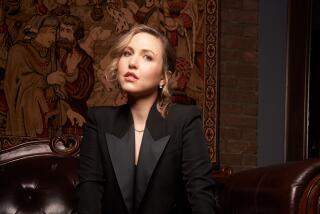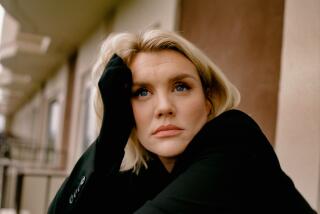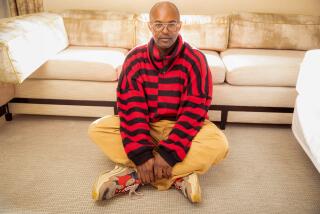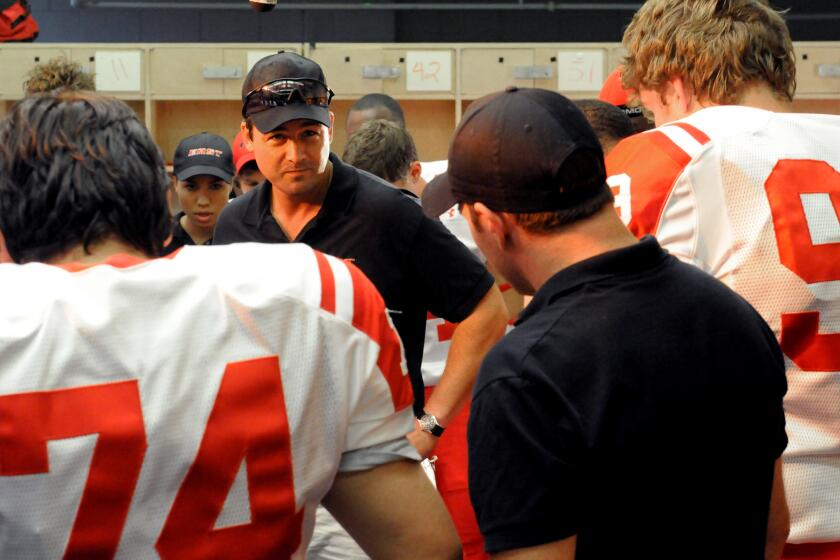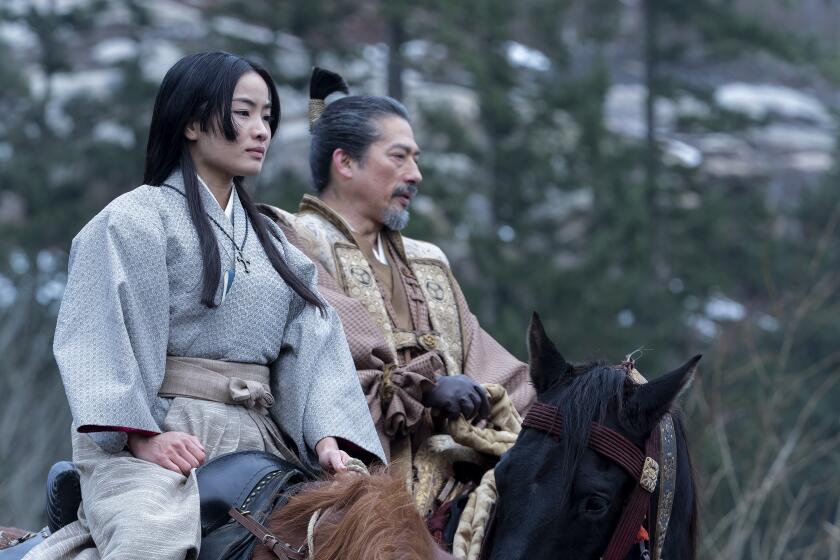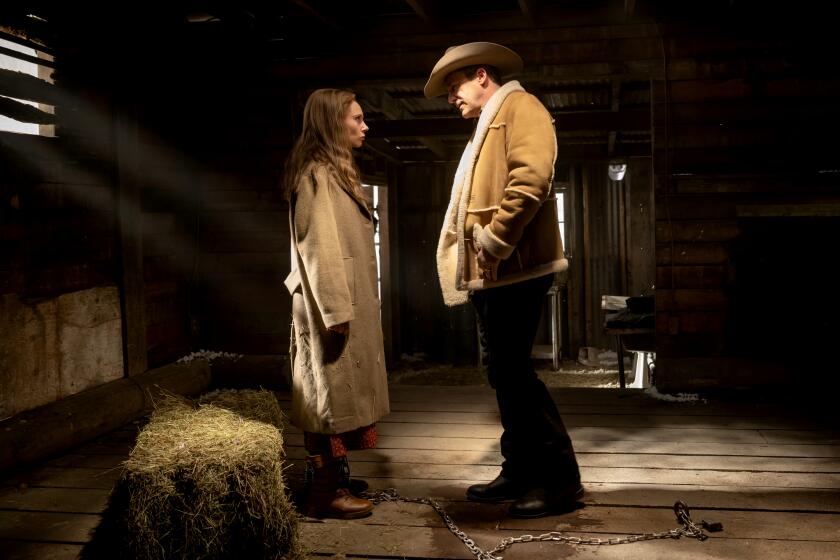Designing the look of ‘Nocturnal Animals’ was really three jobs in one
Working on “Nocturnal Animals” was really an opportunity to design “three films in one,” says production designer Shane Valentino.
The thriller from director Tom Ford spans three distinct worlds: the present-day existence of art gallerist Susan Morrow (Amy Adams); the fictional setting of a manuscript penned by Susan’s ex-husband, Edward Sheffield (Jake Gyllenhaal); and the past shared by Susan and Edward during their marriage.
Art galleries are familiar spaces to Valentino, who has served as supervising art director for exhibits at the Metropolitan Museum of Art. Prior to that, he studied film as a fine art at Occidental College and the San Francisco Art Institute. He then launched a career as an art director for the Oxygen network before expanding into film.
In “Nocturnal Animals,” what were your visual touchstones for the present-day world?
What came into my head was Antonioni’s the “Red Desert.” And dealing with that alienation and isolation in this industrial world could be applied to how Susan Morrow is dealing with and navigating Los Angeles in this upper-echelon world. She’s having an identity crisis.
What inspired Susan’s house?
I was looking at Louis Kahn’s architecture in terms of the concrete and the glass and these long hallways.
Where did you find a house like that?
Her house was this ridiculous $100-million home in Malibu. Kurt Rappaport is the owner of the house, and the designer Scott Mitchell did a lot of the Nobu restaurants. It’s basically one level, but it’s a very long house. So we could get those long hallway shots, and it feels like she’s being captured a little bit by the architecture and isolated from her family and then her relationship with her husband [Armie Hammer]. We had to bring in a lot of the furnishings to make it look more like her world. We brought in a lot of that artwork as well.
Where did you get the art?
Well, it’s very easy when you’re working with Tom Ford because he has a lot of that artwork in his collection. Two Andy Warhol pieces. We used a Calder piece that was his; we used a John McCracken piece that was his; we used a Robert Motherwell piece. There was a Sterling Ruby piece that’s in the film, but it was actually part of the house, so we just got a clearance on it. We have Erin Curry, and then also Mark Bradford.
What went into creating West Texas, the fictional setting of the manuscript?
I distilled it down to [the manuscript’s central character of] Tony and his relationship to masculinity. He’s not able to protect [his family]. And so what I was thinking about was how there should be two different looks to the West Texas world, so there’d be a night look and then a day look. [For night], I was talking to Tom about David Lynch, and it looking more like it’s very surreal, and there’s some violence, obviously, to it. And so I felt like “Lost Highway” was a good reference for that, or I thought about the scene in “Wild at Heart” where they pass that traffic accident. And it’s bizarre and strange.
What about the day look?
The world is very expansive, because what happens is that sometimes [the desert] becomes so monotonous that you can’t necessarily distinguish things from each other. And so I use, as a reference point for that, Wim Wenders’ “Paris, Texas” because I liked how Harry Dean Stanton’s character is wandering through this landscape. So it felt very similar to Tony’s conundrum about where is he, and he doesn’t quite remember all the details about what’s happening.
Where did you shoot those scenes?
We shot that out in Mojave and Palmdale. I mean, the biggest hurdle was the Joshua trees, because they don’t exist in West Texas.
What about world No. 3: the past?
She has a memory about her marriage to Edward. And so I was thinking about the tone of a Cassavetes film, because it felt like more about the intimacy of their relationship. And so that was the tone and texture I was trying to use.
Where did you shoot those New York City scenes?
Everything was shot here in L.A. It was a night scene, so the darkness helps us. You don’t get to see the palm trees. And then also it’s snowing a little bit, so there’s this level of obfuscation that’s happening.
What do you like best about your job?
It’s different all the time. I did “Straight Outta Compton” and then I do “Nocturnal Animals.” And what’s fun about it is also trying to have design evoke meaning. Other than just with performances and dialogue, you can actually use the visuals to help work through themes and ideas.
See the most read stories this hour »
ALSO:
‘Doctor Strange’ costume designer: A good cloak is all in the draping
Nice guy Chris Messina is thankful Ben Affleck saw his inner gangster for ‘Live by Night’
Colin Farrell likes his storytelling on the provocative side, as with ‘The Lobster’
Through ‘Silence,’ Martin Scorsese examines his own spiritual journey
More to Read
From the Oscars to the Emmys.
Get the Envelope newsletter for exclusive awards season coverage, behind-the-scenes stories from the Envelope podcast and columnist Glenn Whipp’s must-read analysis.
You may occasionally receive promotional content from the Los Angeles Times.
